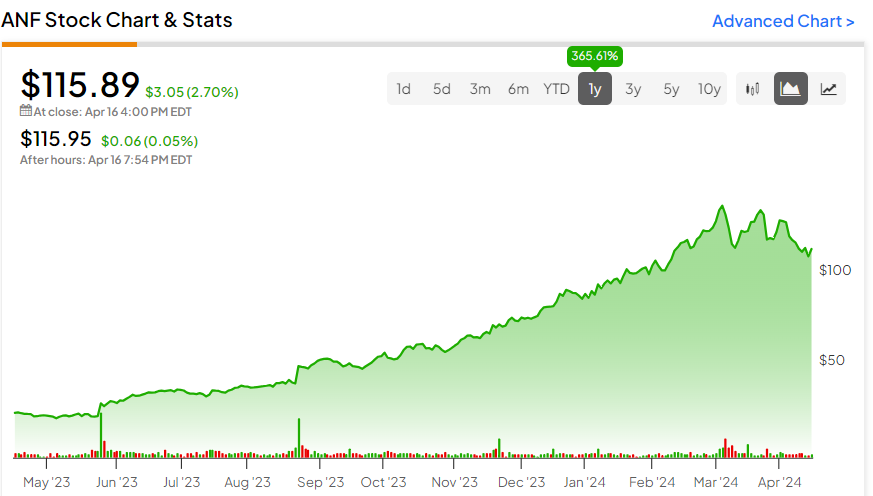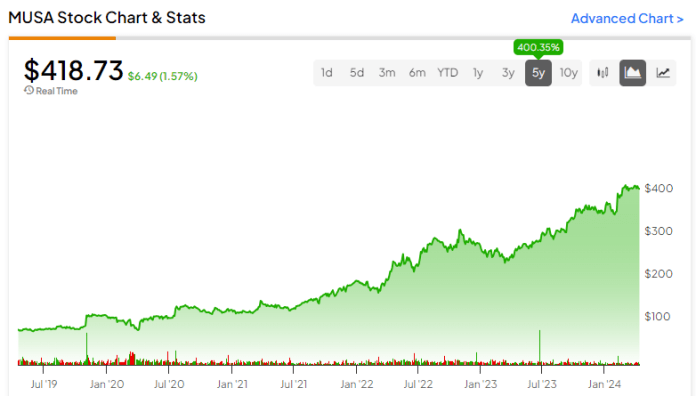If you’re trying to find worth within the inventory market, the price-to-earnings (P/E) ratio is a great tool. A excessive P/E suggests a enterprise is extremely valued, whereas a low P/E signifies worth. Shopping for shares with low price-to-earnings ratio can provide buyers long-term development potential on this market.
Basically, the P/E ratio is used to search out shares buying and selling at a reduction in comparison with the general market. The ratio is as follows:
- P/E = Present Inventory Value / Earnings-Per-Share (EPS)
For one factor, it may be an ideal start line for figuring out worth shares and hidden alternatives. On the identical time, it shouldn’t be the one think about your shopping for resolution (extra on this later.) With this in thoughts, let’s have a look at the highest shares with low price-to-earnings ratio proper now and why they’re value a consideration.
P/E Ratio Which means
Though you understand the P/E ratio, have you learnt what it means? On the one hand, an organization’s inventory worth displays investor sentiment. Alternatively, an organization’s EPS is without doubt one of the most crucial elementary elements.
For people who don’t know, EPS takes a agency’s web earnings and divides it by the variety of shares buying and selling available on the market. Basically it may be seen as how a lot cash an organization makes for every investor.
With this in thoughts, the P/E ratio is a crucial measure of profitability. If an organization is producing increased earnings, it might probably recommend they’re bettering and turning into extra worthwhile. In the meantime, shares with low price-to-earnings ratio can imply buyers haven’t but caught as much as the earnings development.
The best way to Use the Value-to-Earnings Ratio
Then once more, there’s a purpose some shares with low price-to-earnings are low cost. An organization may also have optimistic earnings with no development. On this case, the inventory is much less fascinating, and few buyers wish to personal it.
So, if you’re utilizing the P/E ratio to search out development shares, it should take somewhat extra digging. For instance, you may add earnings development to the equation with the PEG ratio. The PEG ratio takes the P/E ratio and divides it by the agency’s annual EPS development. Then, you may search for low-valued shares which are additionally rising yearly.
And lastly, a significant challenge with the P/E ratio is that it appears at previous earnings. Utilizing the ahead P/E ratio, you may have a look at future earnings (forecasted) fairly than the previous.
Prime 10 Shares With Low Value-to-Earnings Ratio
To seek out the very best shares with low price-to-earnings ratio for long-term development, I’m screening for firms with a low ahead P/E (below 15) and low PEG (below 2). Then, I additionally took under consideration the corporate’s free money circulate (FCF). And eventually, the inventory should additionally pay a dividend.
With this in thoughts, listed here are the highest low P/E shares proper now primarily based on these inputs.
- Harley Davidson (NYSE: HOG)
- Vale S.A (NYSE: VALE) (See Extra)
- Ford (NYSE: F) (See Extra)
- Walgreens Boots Alliance (Nasdaq: WBA) (See Extra)
- Meta Platforms (Nasdaq: FB) (See Extra)
- NortonLifeLock (Nasdaq: NLOK)
- Devon Power (NYSE: DVN) (See Extra)
- Uncover Monetary Companies (NYSE: DFS)
- JPMorgan (NYSE: JPM) (See Extra)
- American Specific (NYSE: AXP) (See Extra)
These firms generate money for buyers whereas buying and selling at a reduction in comparison with the general market. However, most significantly, these shares with low price-to-earnings ratio give buyers the flexibility to compound earnings with dividends.
Including dividend shares to your portfolio may help construct long-term wealth by multiplying your returns over time.
What Is a Good P/E Ratio
When utilizing the P/E ratio to search out shares, there are some things you want to remember. For one factor, totally different industries will naturally have numerous common P/E ratios.
For instance, tech shares are recognized for having the next worth to earnings ratio. Basically, tech produces increased future earnings than monetary shares. So, buyers are keen to pay the next premium to put money into tech shares within the hope that the development will proceed.
As a common rule of thumb, shares with a P/E ratio below 15 are thought-about low worth. Then once more, the quantity is relative.
If you happen to examine shares by their P/E ratios, to get the very best outcomes, keep throughout the trade. In different phrases, evaluating tech to supplies, for instance, is like apples to oranges. As an alternative, it may be a useful metric when wanting throughout the trade to search out patterns.
On the identical time, the next P/E ratio shouldn’t be at all times a nasty factor, it might probably point out the corporate remains to be rising. For instance, since turning a revenue, Tesla’s (Nasdaq: TSLA) P/E ratio is floating above 200, reaching over 1,110.
What’s extra, Tesla’s inventory worth has grown by over 400% since hitting a P/E ratio over 500 in Q3 2020.
Is It Price Investing in Shares With Low Value-to-Earnings Ratio
To reply this query, it will depend on the kind of investor you might be. Are you searching for worth? Or, are you searching for fast returns?
Investing in shares with low worth to earnings is usually a helpful technique for locating long-term inventory candidates. However it may be a greater device when paired with different elements. As I’ve famous above, utilizing the PEG and ahead P/E ratio may help slim down your search outcomes. Then, it’s most necessary to know the enterprise and why you personal a bit of it.
Does it have a brand new product? A aggressive benefit? Or, perhaps you might be investing for the dividends.
Both approach, taking a look at an organization’s price-to-earnings ratio is usually a nice start line whereas researching shares. And lastly, take note, the P/E ratio reveals value per shareholder, which doesn’t at all times translate to returns.
Pete Johnson is an skilled monetary author and content material creator who makes a speciality of fairness analysis and derivatives. He has over ten years of non-public investing expertise. Digging by way of 10-Okay types and discovering hidden gems is his favourite pastime. When Pete isn’t researching shares or writing, you’ll find him having fun with the outside or working up a sweat exercising.







